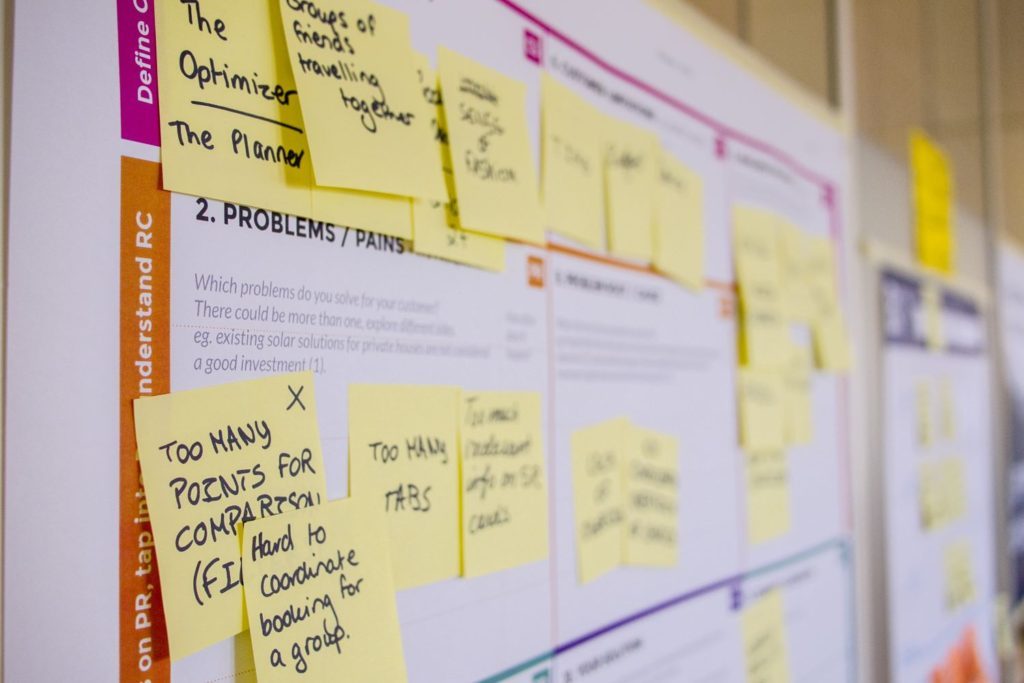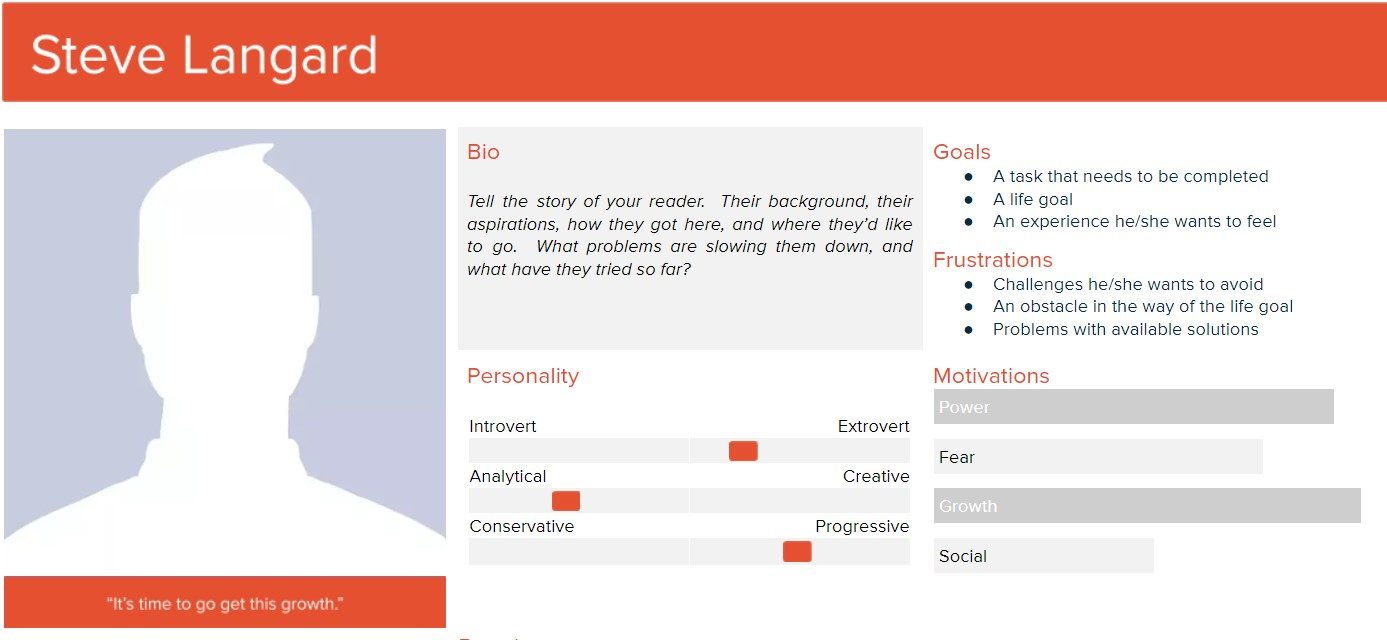A Guide To Reaching and Finding Your Ideal Audience

Many businesses start out thinking that they have to craft their content to reach as wide an audience as possible. They have the product or service you need, whether you are 10 or 80, male or female, and interested or not. But often, this strategy results in fewer customers and fewer conversions than if you had targeted a specific, ideal audience.
When a potential customer comes to your website, they usually give you just a fraction of time to catch their attention. In seconds, their subconscious is answering questions such as: Is this site appealing? Am I engaged? Does it offer what I want or need?
And if the answer to any of those questions is no, then they are out of there. Just another uptick to your bounce rate.
Understanding who you want to speak to and attract is just as important as understanding who you want to push in the other direction.
If you craft your content and brand to be as universal as possible, your audience will never have that moment of realizing – yes! this is exactly what I was looking for!
Instead, your site is one that is now accessible to everyone but right for no one.
When you take the time to understand your brand values and goals, you will be able to cultivate your content to appeal to the customers that are exactly right for you. The people who are motivated by your message, inspired by your mission, and ready to pull out their credit card for your products or services.
Understanding Your Brand
Before you can ever begin to understand who your target audience is, you have to first understand who you are as a brand.
- What beliefs drive your brand?
- What do you offer? (and what do you NOT offer?)
- What key details do you have that your competitors don’t?
- What are your core values, and how do they tie in with your products?
By defining your own target as a business, you can then start to understand the audience that is the perfect fit for your brand. Are you sustainably-driven and use eco-friendly product packaging? Do you offer personalized one on one support in a sea of online forums?
When you begin to understand what drives your own brand, you’ll find that your goals and aspirations are the same as your audience.
How To Find And Reach Your Ideal Clients
Your perfect clients are out there, and the first step to figuring out how to find and reach them is by creating an avatar, or user persona.
A user persona is a fictionalized, ideal representation of your ideal customer. It is someone who meets your brand exactly where you are at, while also inspiring each other to keep achieving. They are the protagonist in their purchasing journey as your brand helps to identify their needs and then solve them. You have a shared set of core values, and that’s what causes the attraction. n creating your user persona, you can answer questions such as:
- What are they Googling?
- Where are they online? (Instagram, Facebook, Google, etc)
- What are their interests? (Are they sporty, eco-conscious, outdoorsy, etc)
- What is their personality? (Are they introverted, analytical, conservative, etc)
- What motivates them? (Fear, power, money, growth, etc)
- What frustrates them? (Pain points, insecurities, disappointments, etc)
- And what are their demographics? (Age, income, location, gender, occupation, status, etc)
Understanding what your prospect sees, feels, wants and behaves gives you the ability to position yourself so that your ideal client comes straight to you.
Although you and your audience will have things in common, it is important to note that you are not your customer. Don’t fall victim to believing you know everything there is to know about a person. The next section will cover how you can stay engaged and in the know of what your ideal audience wants and needs.
Knowing What Your Ideal Audience Want and Need
A big part of keeping your audience engaged and happy with your brand is understanding what problem keeps them up at night and how you can solve it. Explaining to customers how your product will change their lives and help them fulfill their dreams is what keeps them coming back time after time. Here are a few ways to find out your audiences pain points.
 1.Website analytics
1.Website analytics
Websites gather data about where your reader comes from. Are they finding you organically on Google? Have they joined your email list and only come to the site whenever you send an email? Are they loving you on social media, or your PPC or Facebook ad drove them to click into your site? Besides finding out where they are coming from, website analytics also show you how they are moving through the site, such as how many pages they are visiting and how long they stay on the site.
2. Keyword research
Keyword research can help you determine what words and phrases visitors are using to search and find your website. When you have a list of keywords, you can make sure that you are producing content around these hot searches, ever more pulling in your ideal audience.
3. Forums
Finding places where your client speaks naturally about their needs, pain points and interests provides firsthand insight into the mind of the reader. Check out blog comments and product reviews. Find out where they are online by joining Facebook groups or participating in forums. Here, you can look at their language, questions, interests and objections and find solutions.
Always pay attention to what your clients are saying and they will give you exactly what you need.
Curiosity. Ask. Listen. Search.
Cultivating Your Audience With A Website Copywriter
Sharing your unique story with copywriting will help your brand stand out to the ideal audience. With professionally written website copy, the confidence and authority your brand portrays will show customers and clients that you are the perfect solution to their needs, leaving them as loyal customers year over year.
If you want to learn more about how to craft content that reaches your ideal audience, let’s have a chat!


 1.Website analytics
1.Website analytics